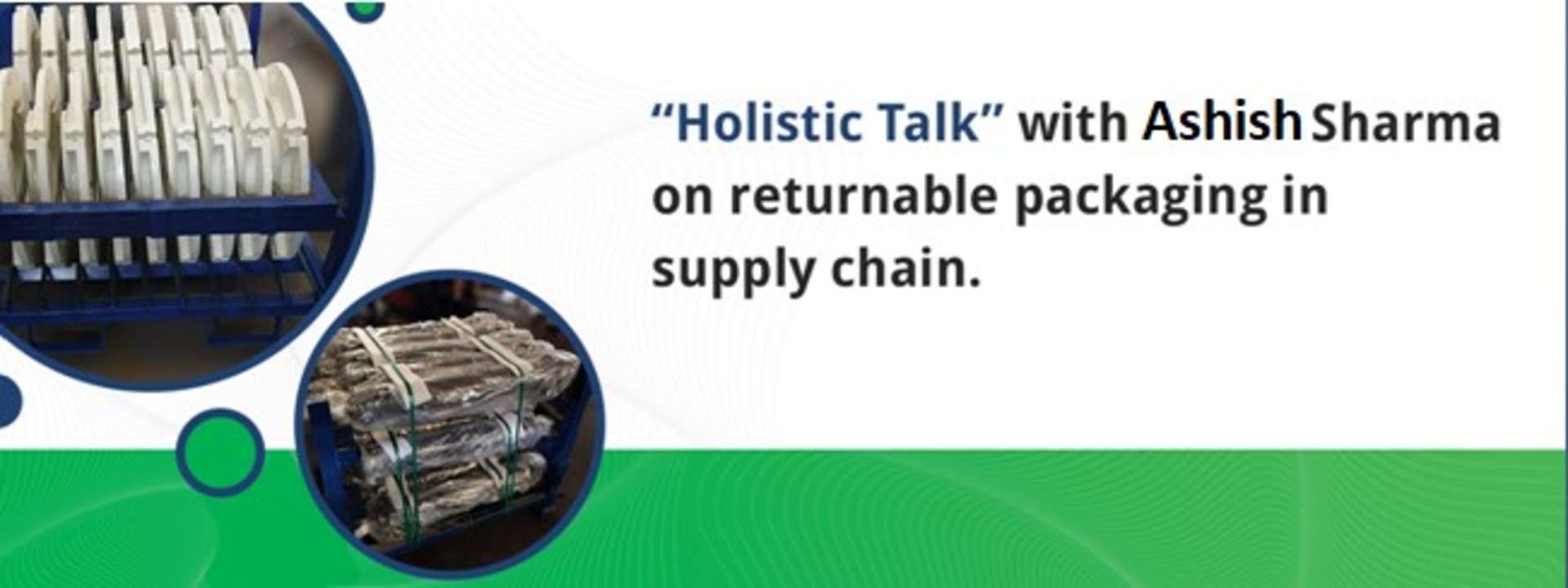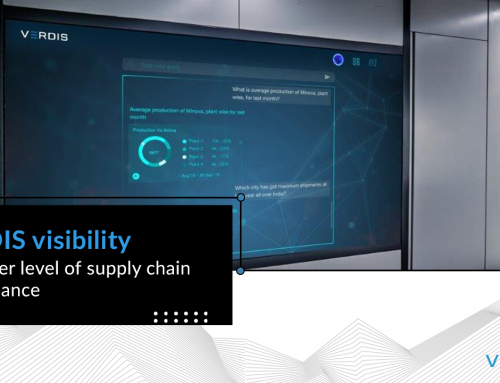Today we are in discussion with Ashish Sharma to understand the importance of “returnable & sustainable packaging in the prevailing situation of COVID-2019”.
Shalin has experience of working with leading OEMs and suppliers in transforming their packaging from a logistics perspective for better handling, storage & transportation.
Q So, how do you define returnable or reusable packaging?
Returnable & reusable packaging is designed to be used for multiple cycles over a prolonged time. It is a cost-efficient and environmentally friendly alternative solution for businesses with a frequent flow of materials.
Returnable packaging unit loads are made from a wide range of materials such as:
- Plastics: crates, pallets & containers
- Wood: pallets, containers
- Metal: pallets, containers, frames & trolleys
Q During the prevailing crisis, how introducing returnable packaging will help the businesses?
- Other than being environmentally friendly there are many other benefits of returnable packaging such as:
- Reduced waste and disposal cost of single-use packaging
- Unit loads being more durable as they are designed for multiple cycles, provides better protection for contents within
- Safe & easy handling through Material Handling Equipment, thus reducing manual touch points
- Unit loads are designed considering standard vehicle dimensions, thus ensuring proper utilization of space in-transit
- Being collapsible and nestable there is better space utilization & improved load ability in return transit
- Minimal inventory management as they can be ordered on a JIT basis
Besides the above benefits returnable packaging has further advantages over conventional single-use packaging in the current scenario.
Touchless Operations
Packaging solutions can be designed for touchless operations or minimizing multiple handling points. Solutions designed after a thorough study of supplier and OEM production line can be used for packaging of auto-components or parts at the supplier line which can be directly fed to the OEM line, thereby eliminating additional handling at supplier FG store and OEM RM store. All solutions designed are MHE friendly, further reducing the touchpoints.
Sanitization using disinfectants
Returnable packaging has an additional benefit of unit loads being cleaned and refurbished before being sent for the next cycle. During the refurbishment, unit loads can be sanitized using disinfectants to inactivate or destroy any microorganisms on the surface. Alcohol-based disinfectants (a mixture of 70% ethanol or isopropanol diluted in water) or oxidizing agents can be used for sanitization.
Exposure to UVC light
Post disinfection unit loads can be exposed to UGVI devices to further treat any residual contamination. UGVI an abbreviation for “Ultraviolet germicidal irradiation” is a disinfection method that uses ultraviolet “C light” to **** microorganisms. UVC has been proved highly effective in destroying SARS-CoV-1 and it is believed similar results can be expected when treating SARS-CoV-2. UVC treatment is a very simple method of illuminating the relevant surfaces with UVC light.
UGVI devices can also be installed at suppliers’ and OEM stores to expose incoming material to UVC light. Many companies are developing autonomous UV disinfecting mobile robots to be used in healthcare, shopping malls, and transport sectors for decontamination.
Once businesses re-start their operations post lockdown, more innovative and sustainable solutions will be required to disinfect, sterilize, and minimize the human contact during packaging.
Have any question related to COVID 2019 impact on supply chains write to me at kiran.chopra@holisollogistics.
Or join us at “Holisol Forum” to share your questions or insights, we will be happy to collaborate with you to #fightogether this novel crisis.









